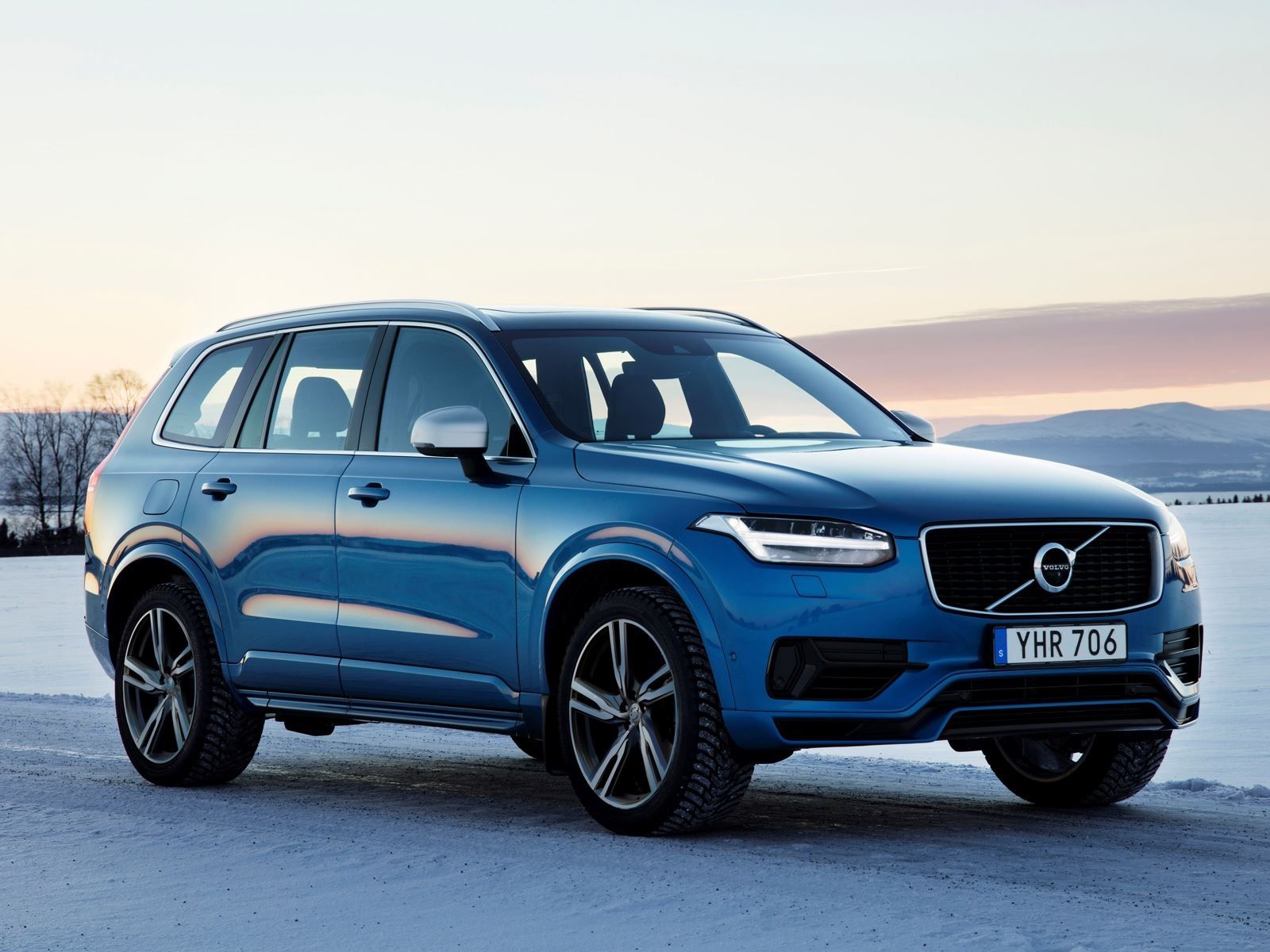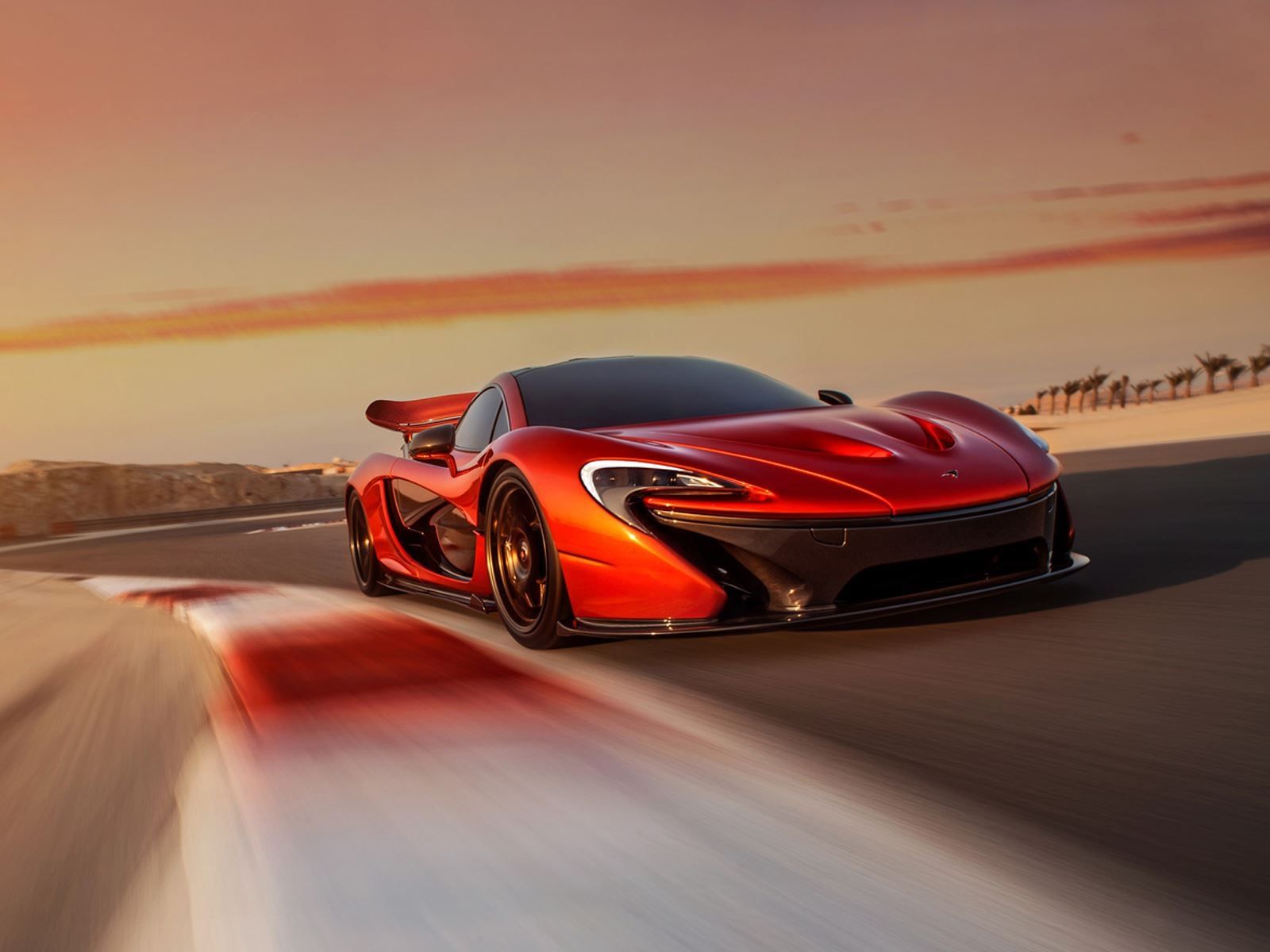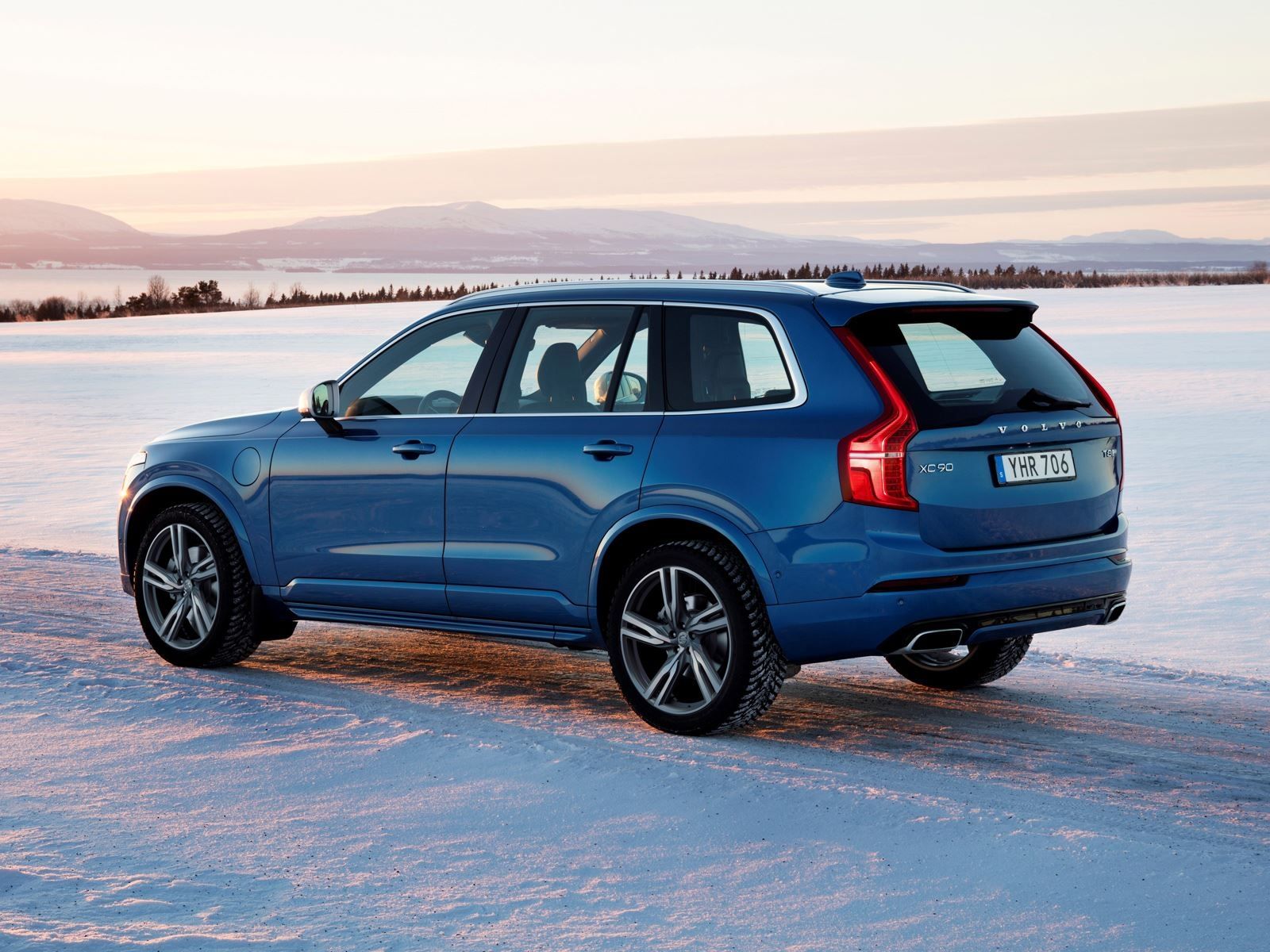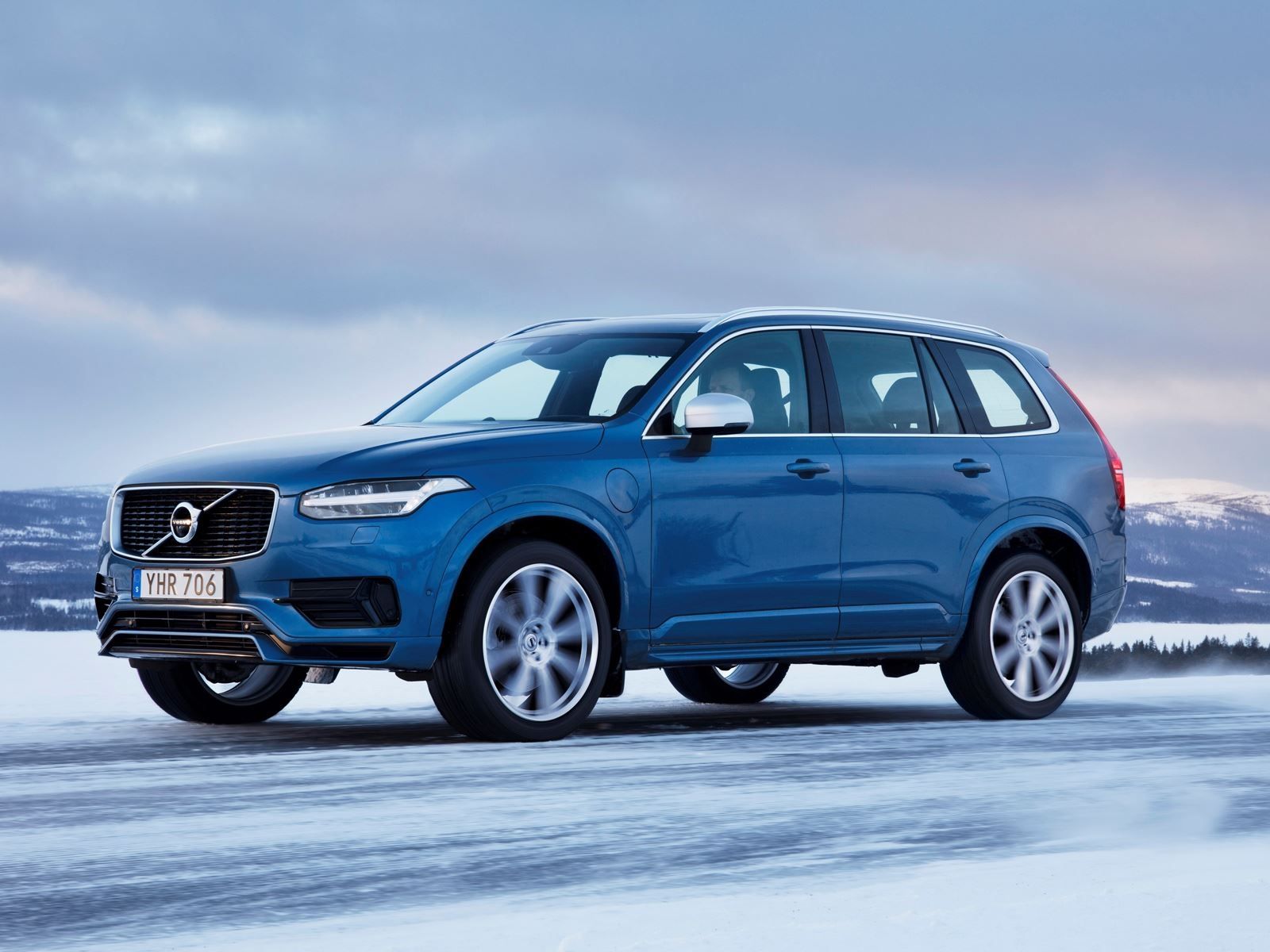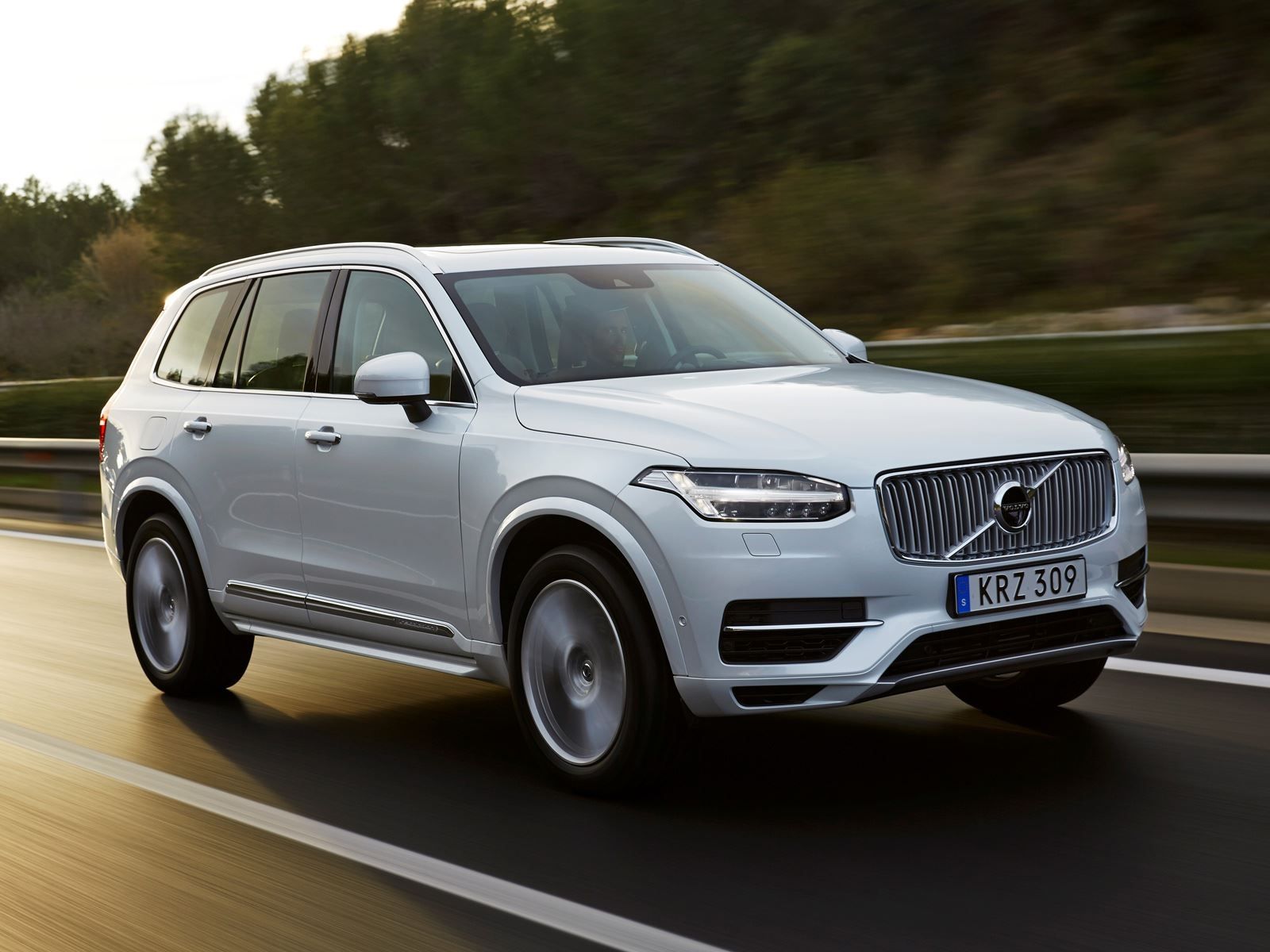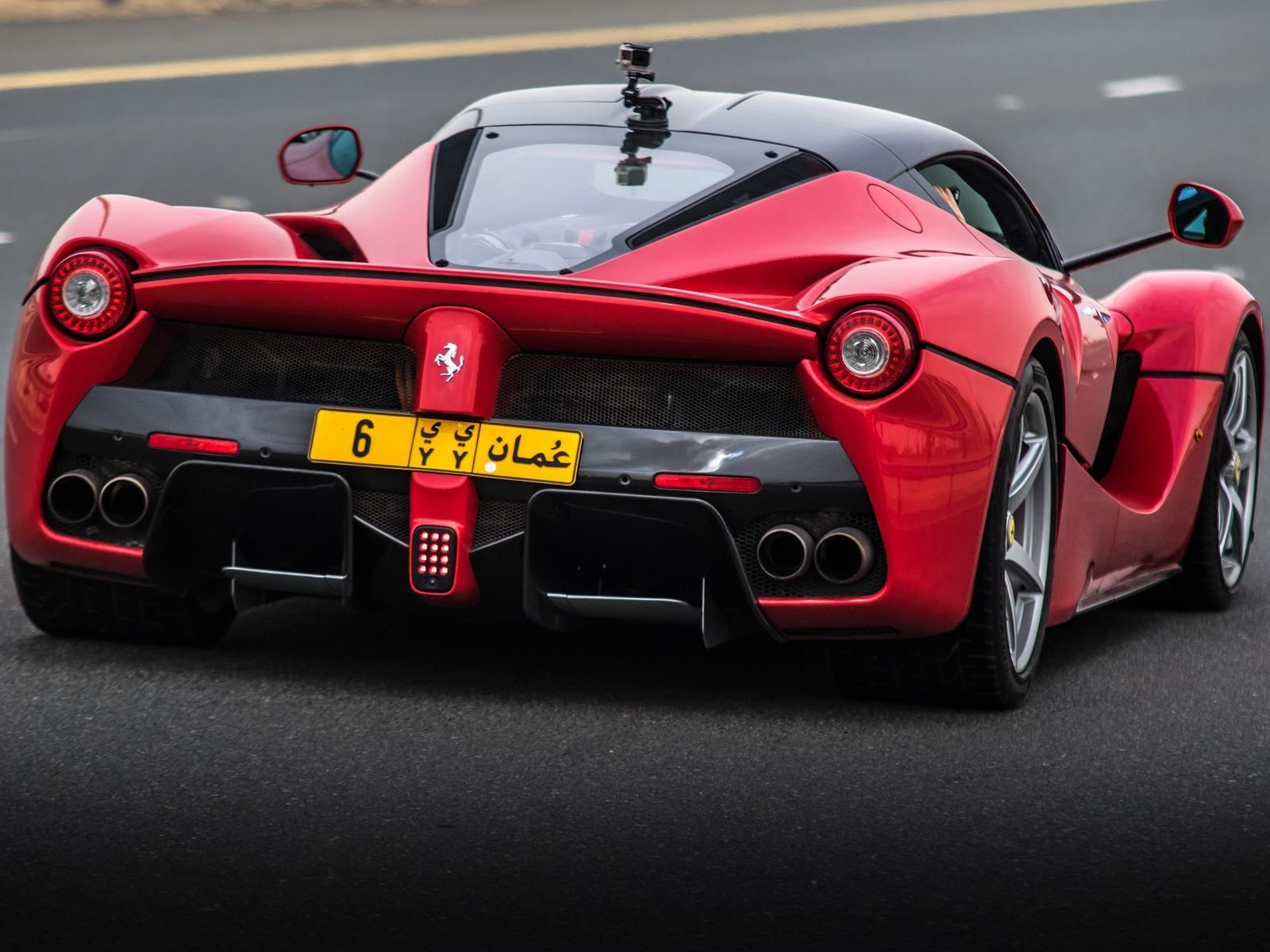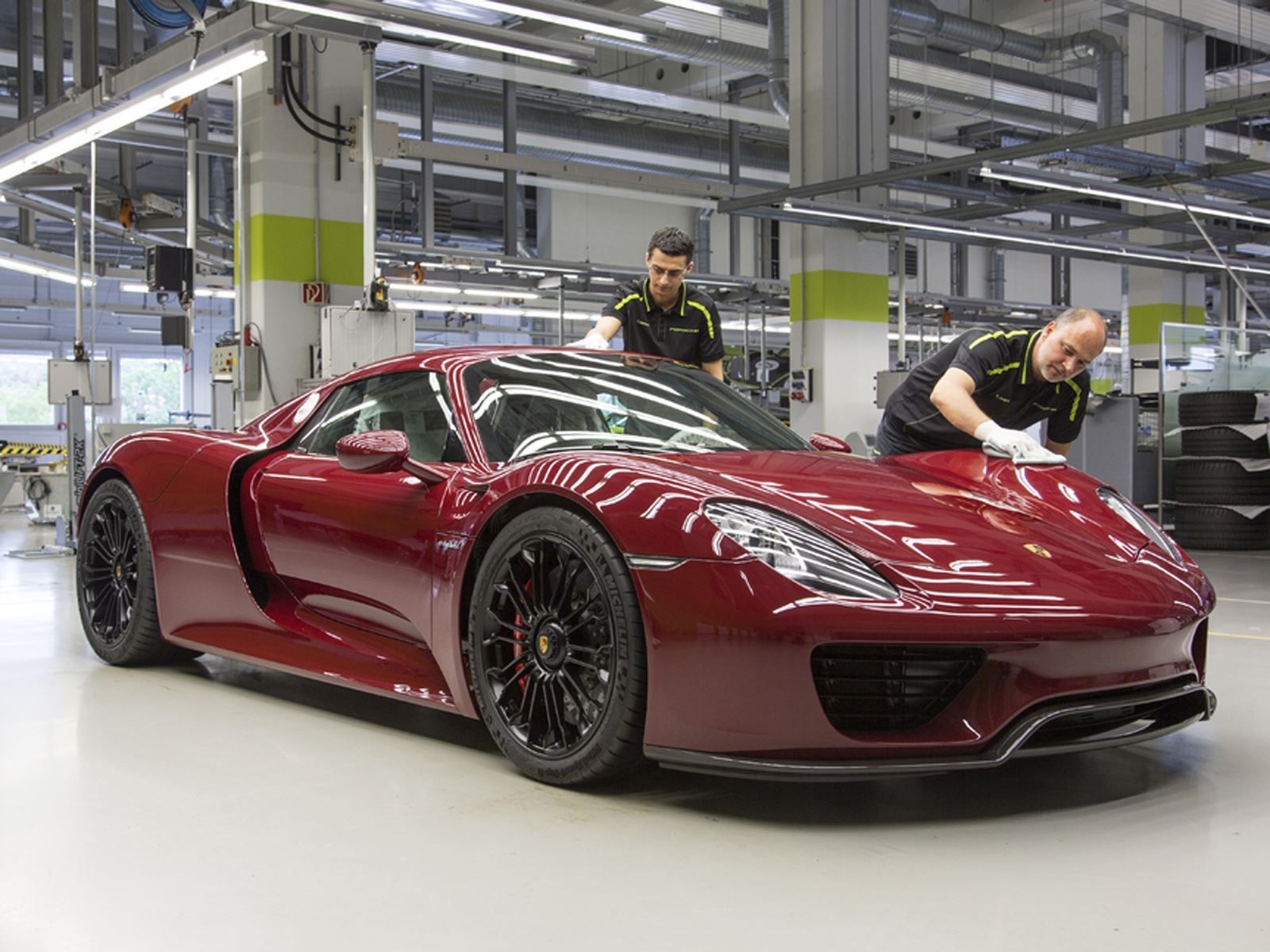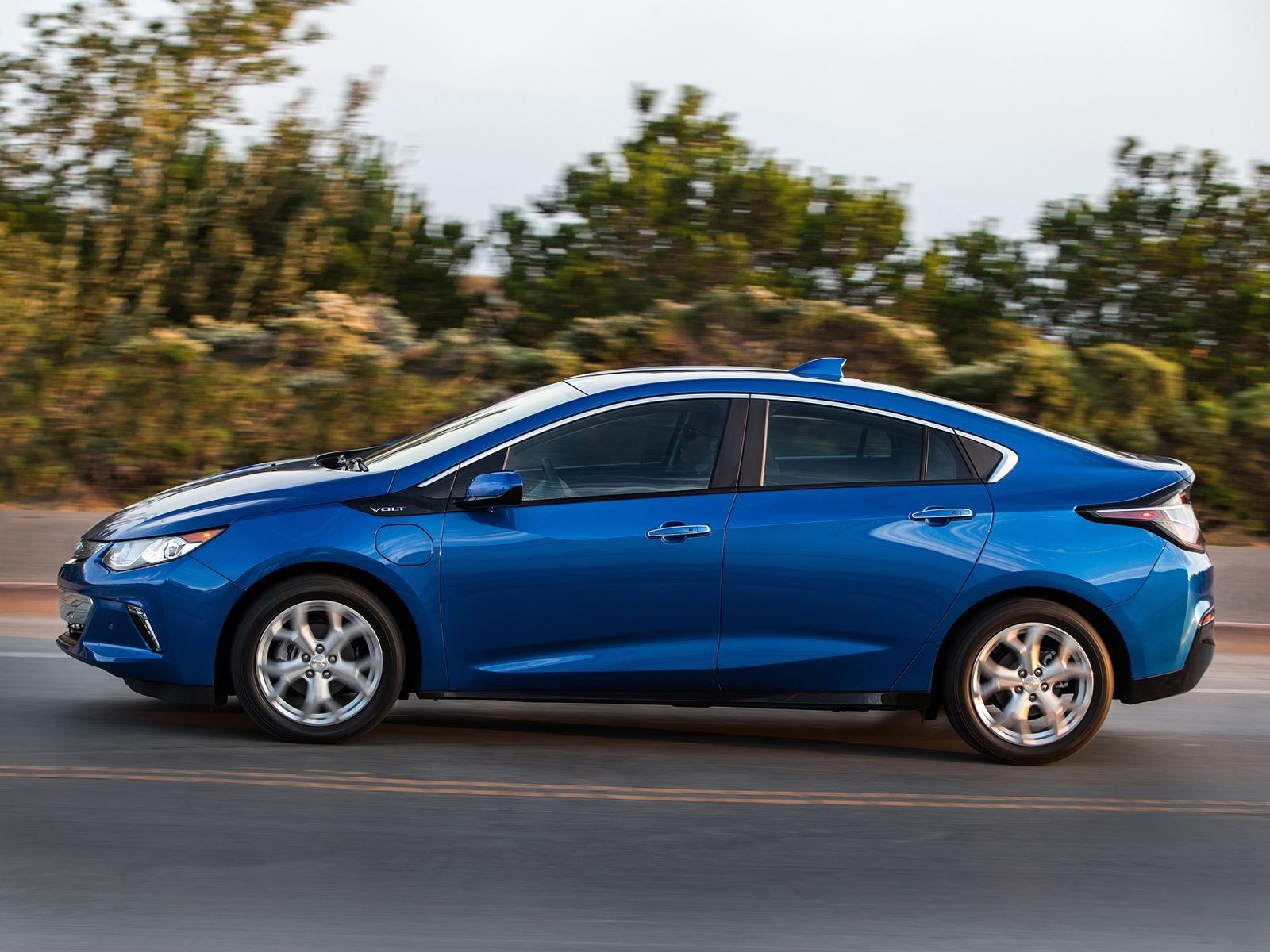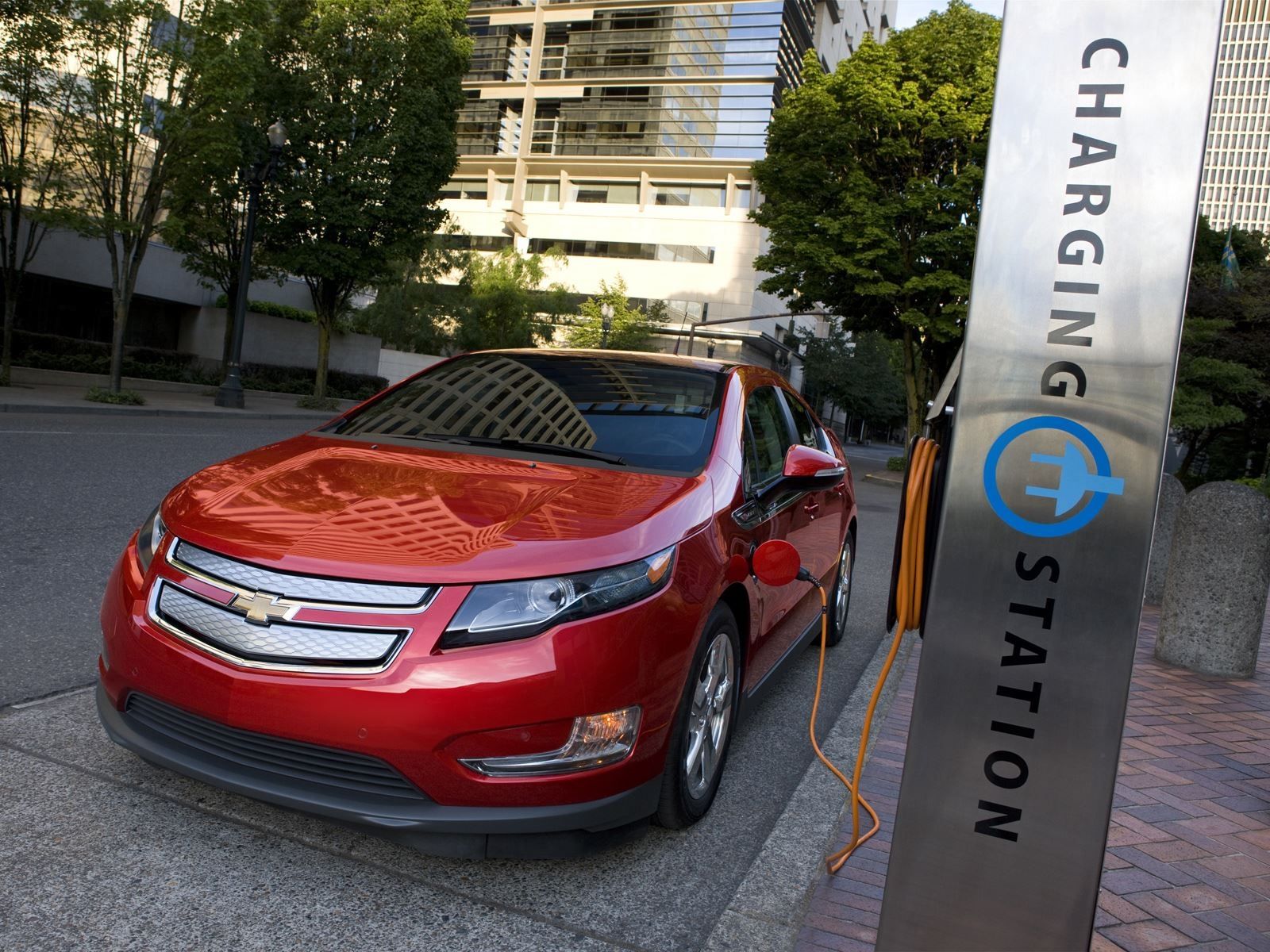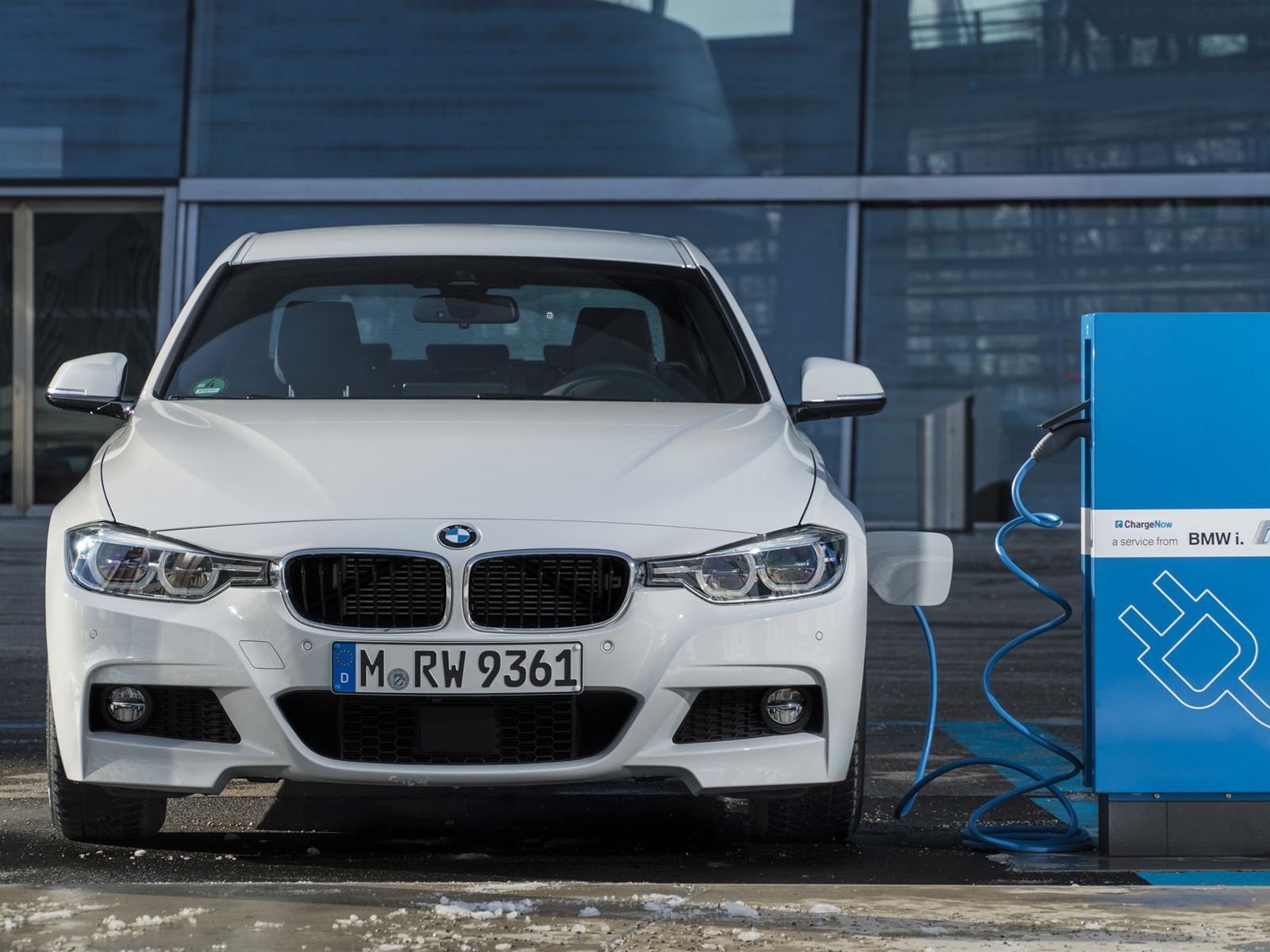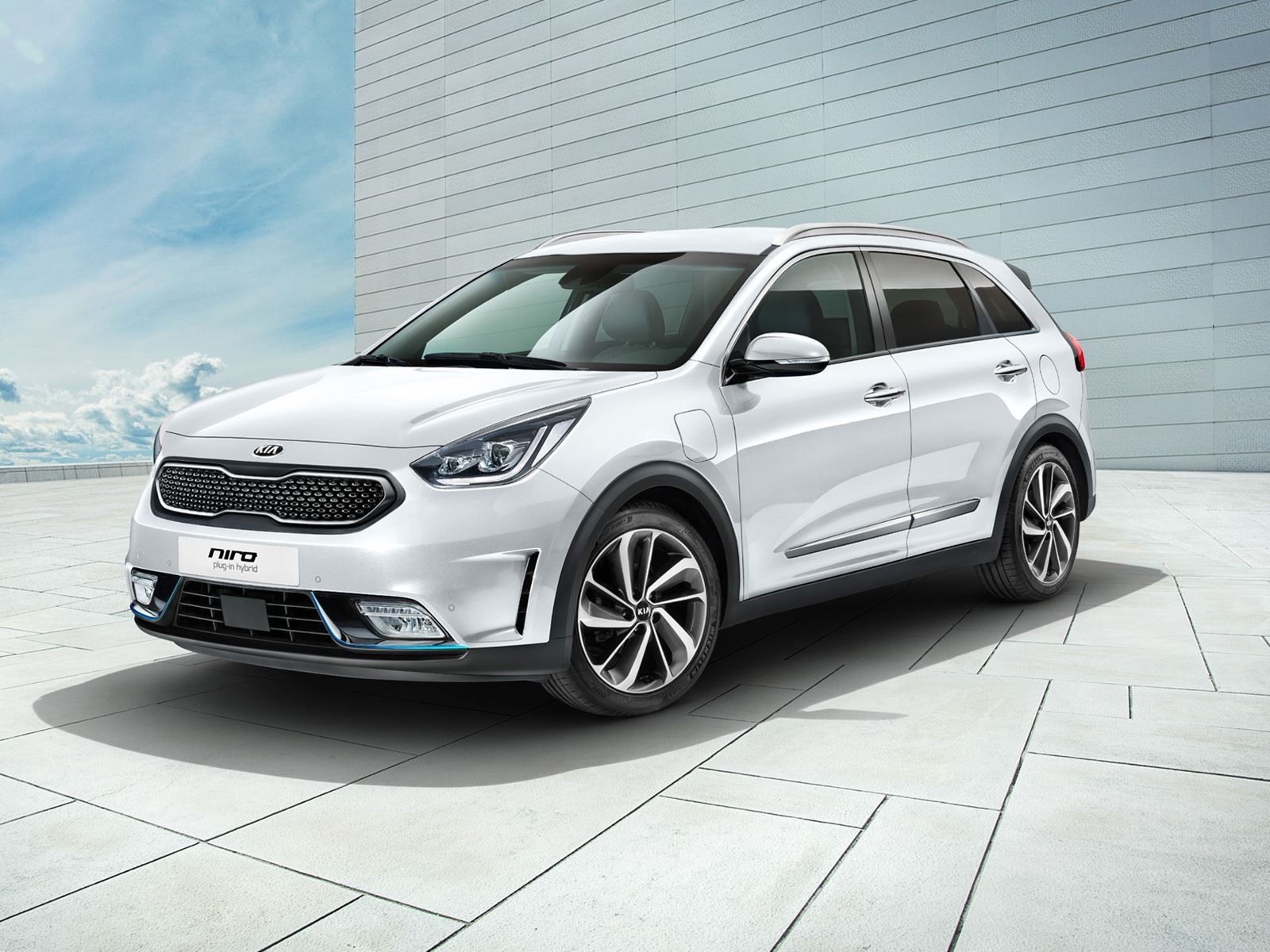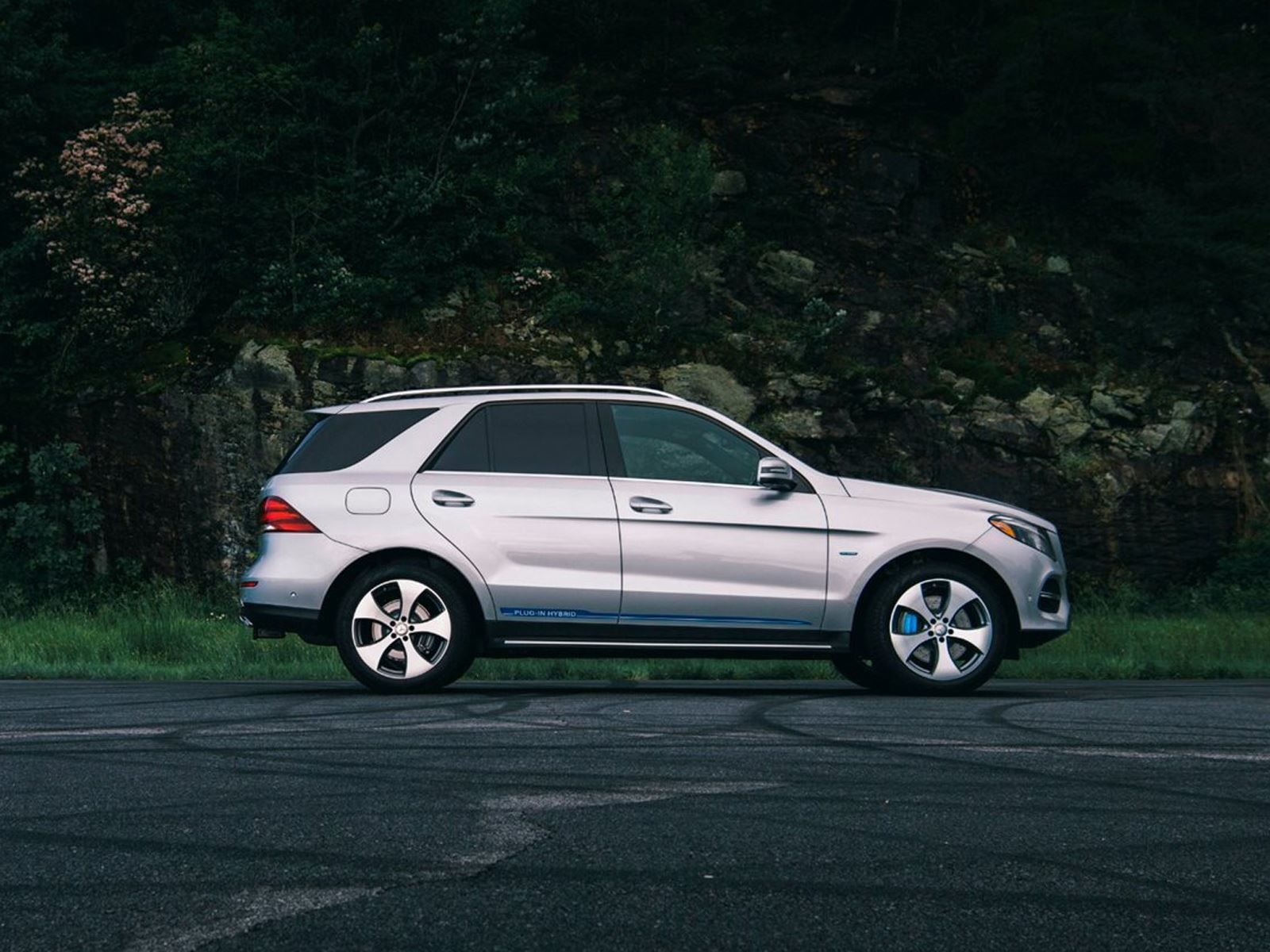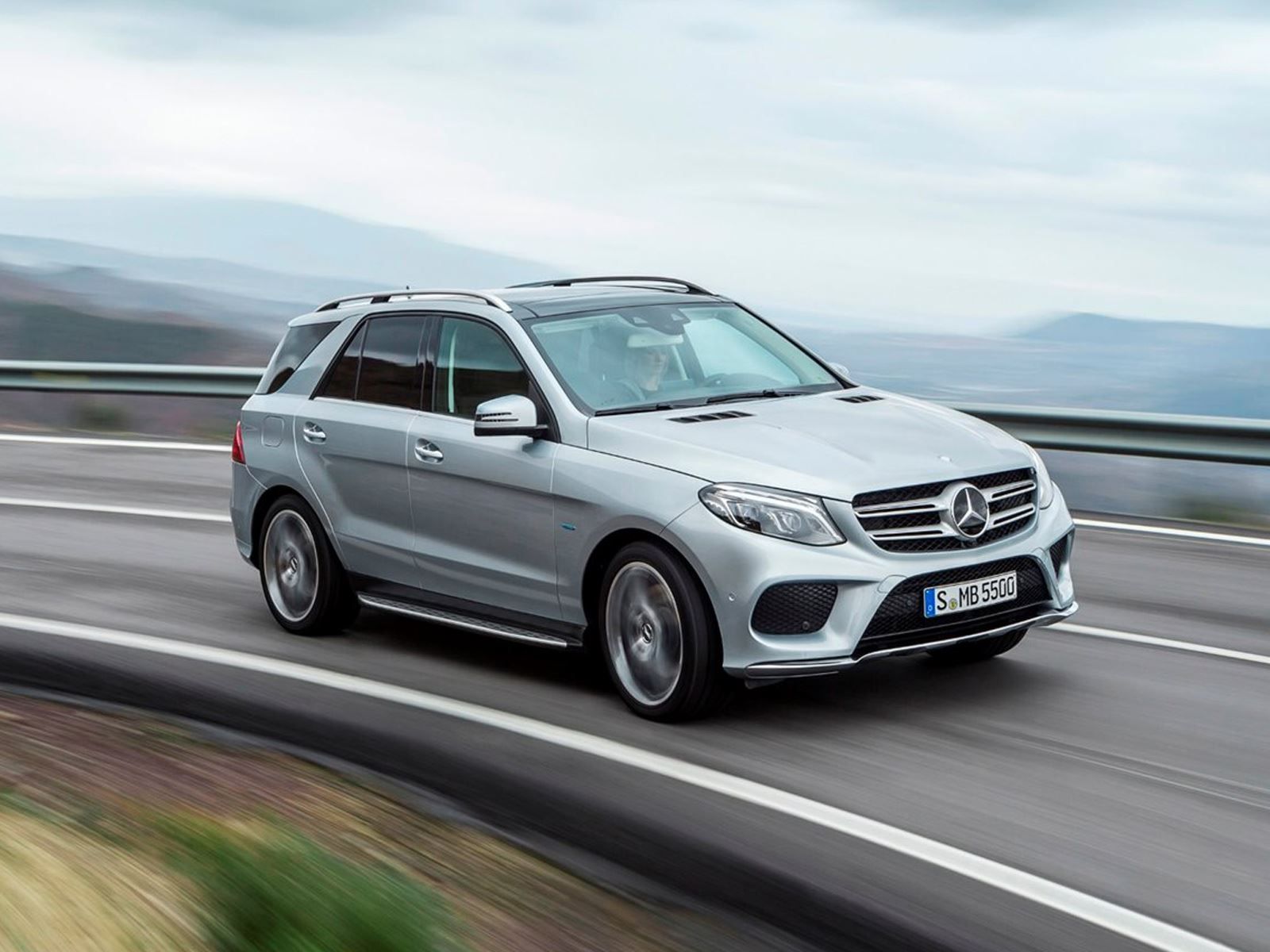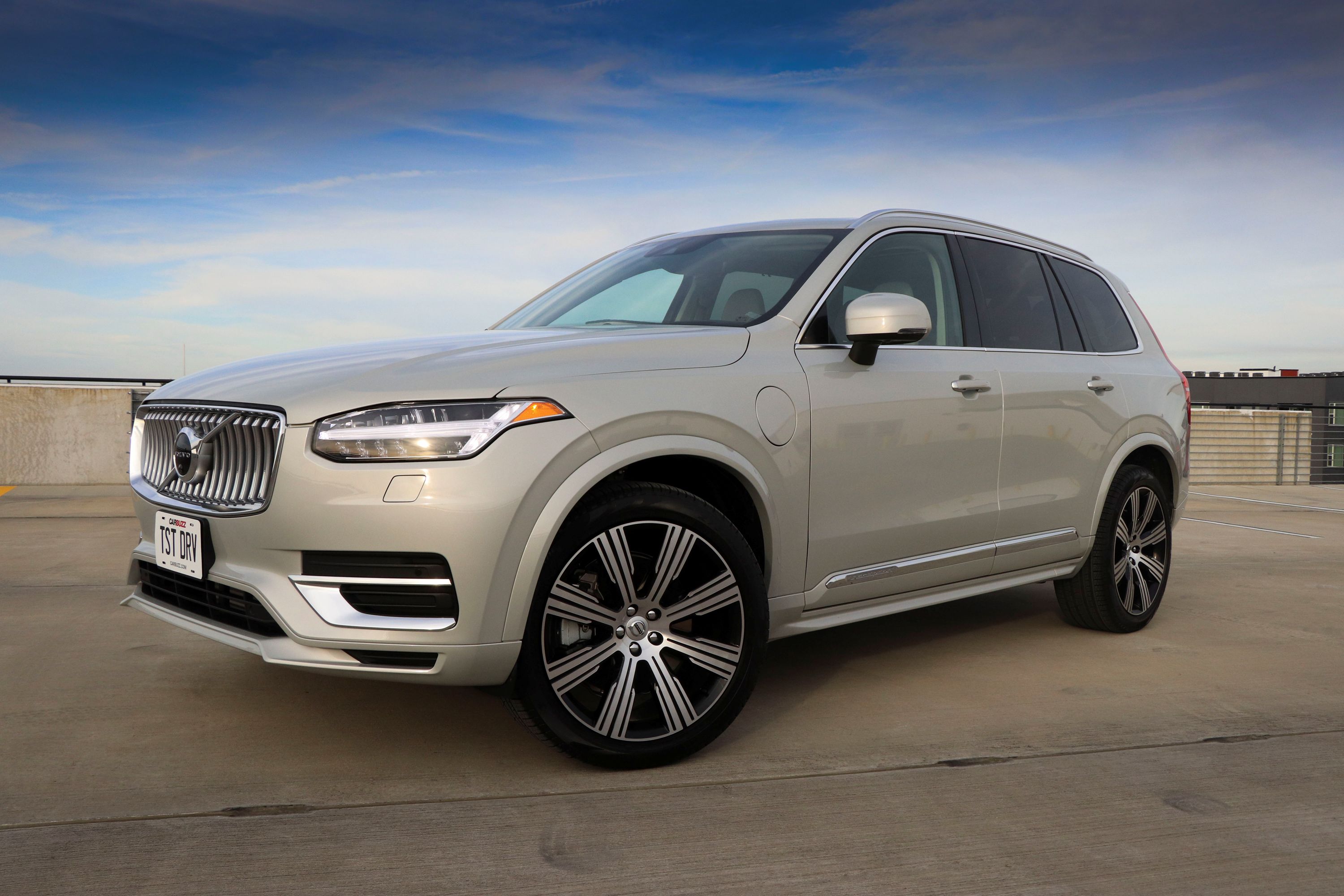
I've always loved the idea of hybridized drivetrains in vehicles. My inner technophile felt an inexplicable attraction to the idea of combustion power – in all its noise inducing, fume creating, rev the hell out of it glory – blended with the instantaneous torque – sweet, addictive torque – of an electric motor. Of course the rest of the world will tell you that hybrids are the future for their efficiency properties – reducing fuel economy and thus the reliance on fossil fuels. But I'm a nerd, so my attentions were elsewhere on the topic.
The notion of hybrid performance was brought to the fore by none other than the emergence of the holy trinity of hybrid hypercars - the McLaren P1, Ferrari LaFerrari, and Porsche 918 Spyder. But in the real world - for the bulk of us that can't afford such engineering marvels, hybrid and plug-in hybrid (PHEV) commuter cars are the closest we're likely to get to this tech for some time. But all that glitters isn't gold, and in the real world, the functionality of hybrid offerings differs from that of bona fide performance car royalty. Real world hybrid and PHEV cars also have some real world flaws too, along with some real world benefits. But do the pros outweigh the cons? My recent experiences in a PHEV Volvo XC90 T8 eAWD brought some of these to light.
The Pros
With the many legal battles fought against manufacturers in the United States in recent years over fuel consumption, manufacturers have been forced to be more honest with their figures. As a result, you're likely to get pretty close to claimed figures in a hybrid. But because they're being more honest, the figures often aren't all that spectacular. Take for example the Volvo XC90 T8 PHEV – with claimed combined consumption of 27 mpg – offering only 3 mpg more than its non hybrid counterpart, the T6.
But think of where you use the most fuel when driving, and it'll be in one of two scenarios: sitting in traffic around the office, or driving through suburban streets on your way home, where speeds are low and stops are frequent. It's here, right here, where the hybrid makes the most sense. Off goes the engine and the 5 mile traffic jam or the last 10 mile commuter in suburbia is managed without a single drop of archaic fossil fuel being burnt. Your highway journey still uses fuel – although nowhere near as much as the power figures of most PHEVs would suggest; which leads me to the next benefit of hybrids, and particularly those of the plug-in variety.
Performance benefits hugely, even on commuter based hybrids – though be careful not to judge their abilities out of context. Often, a dash of electric juice is enough to up power outputs by nearly 100 horsepower; sometimes more, sometimes less. The extra power and corresponding torque – instantly available – gives you a shot out of the blocks that'll scare even the likes of a brawny performance hot hatch, though the advantage will most often be short lived. But in a city environment, where these cars are meant to be used, that brief dash is all you need to make a gap in the traffic or tear away from the intersection.
That lag-free, 'suck your kidneys through the back of your seat' instantaneous torque is addictive. If you haven't yet had a hit, be careful – the first is free, but it leaves every other accelerative experience lacking in its wake. And it doesn't care for weight either. Volvo's XC90 T8 is a hefty SUV at more than 5100 pounds, but the 0-60 mph dash takes less than 5.6 seconds. Electrical torque doesn't discriminate. But while the torque may be addictive, hybrid and plug-in hybrid vehicles aren't without their vices…
The Cons
Many hybrids are born out of necessity to have an offering in the market – and as such their architecture isn't designed with heavy battery packs in mind. Add the additional 300-500 pounds to a standard commuter hatch, and suddenly you have a very overweight vehicle, with all the compromises that brings with it – more body roll, suspension that can't handle the weight, and poor braking performances. More often than not the fuel consumption benefits on a combined cycle are small compared to non-hybrid siblings using similar drivetrains.
Volvo's XC90 for example offers similar figures for the T6 and T8 – both using the same twin-charged 2.0-liter engine. Out on the open road, both hybridized and non hybrid versions of a vehicle will consume roughly the same amount –posing little benefit in the area of efficiency, where hybrids are supposed to make the biggest difference. But I wonder, just how much more efficient that 2.0-liter twin-charged Volvo motor would be if it wasn't hauling around an extra ±500 pounds of battery in the floor? The batteries, although heavy, also don't offer a vast range in most cases. In the case of the Volvo XC90 T8, that's a claimed 14 miles.
Few offer more than that, and while the distances you need electric power for are normally short, that range seems to deplete far quicker than the numbers might suggest – particularly if you leave the car's computer systems to manage when electric power is used. You end up needing to charge them far more frequently than you'd think – overnight, when you arrive at the office, and then when you get home again, provided you haven't done any other electrified running about throughout the day. If you live in some states, this isn't a problem – with fast charge stations and charging infrastructure to be found quite easily in many areas – but in others it poses more of a problem.
The process of charging is also a rather time consuming one – a full charge takes a minimum of 3 hours provided the electricity grid plays its part, and provided you're using a 240-volt power supply. There is some reprieve, though, as several hybrids can be put into a 're-gen' mode to recoup some of the energy used – though the amount they regenerate is diminutive and this feature is only beneficial if your end destination is definitely downhill from the starting point of your trip.
So are Hybrids and PHEV’s worth it?
That's the big question – trying to decide whether these engineering marvels are worth the extra weight, the extra inconvenience, and the extra money – all for what are arguably 'eco bragging rights' and the odd tax benefit and ability to use HOV lanes in some states. I like hybrids – I love the technological brilliance that goes into making them whizz silently in EV-only mode; the mechanical innovation behind blending futuristic electric energy with archaic fossil fuel combustion. For those that conform to a specific set of circumstances, geographically and habitually, they're brilliant vehicles – wonders of engineering advancement.
For the rest of us, the 90% that don't live in an ideal world, hybrids are more of a novelty item, a cool idea but one without real world applications……or perhaps they're something more; portals to the future, perhaps. These flawed pieces of engineering are currently limited by engineering and battery technologies. But in a rapidly advancing technological world, with the likes of Tesla and Chevrolet making huge strides in electrified mobility, maybe hybrids and PHEVs are but small keys to unlocking the next great motoring evolution.
With every incarnation, hybridized vehicles will continually evolve and improve, until eventually what made the McLaren P1, Ferrari LaFerrari, and Porsche 918 Spyder so incredible will permeate our everyday driving experiences. Not only will the motoring world be more environmentally friendly, but the augmentation of combustion with electricity, and the performance benefits it offers, will give driving enthusiasts broadened horizons and new levels of excitement and appeal.

